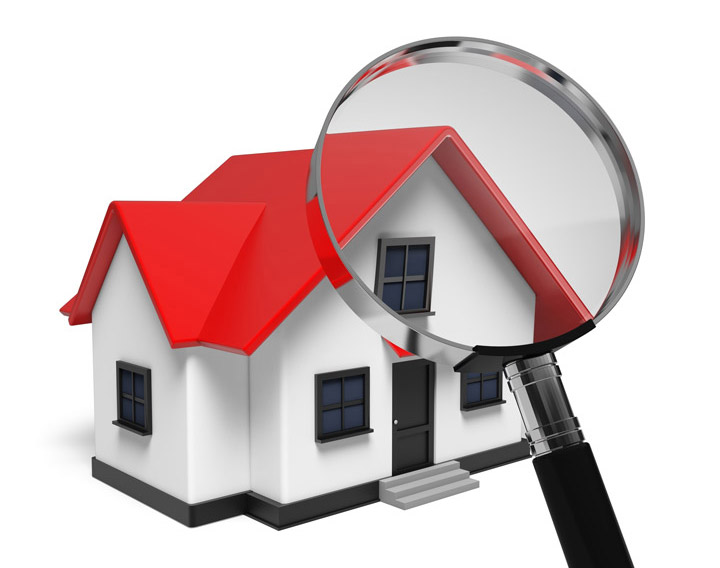
Understanding AppraisalsPurchasing a house is the most important investment most people may ever encounter. Whether it's a main residence, a seasonal vacation home or a rental fixer upper, purchasing real property is a detailed transaction that requires multiple parties to pull it all off. Most of the parties involved are quite familiar. The most known face in the exchange is the real estate agent. Next, the bank provides the financial capital needed to finance the exchange. The title company makes sure that all details of the transaction are completed and that a clear title transfers from the seller to the buyer. So, who's responsible for making sure the property is worth the amount being paid? In comes the appraiser. We provide an unbiased estimate of what a buyer might expect to pay — or a seller receive — for a property, where both buyer and seller are informed parties. A licensed, certified, professional appraiser from P.G.L. Appraisals will ensure, you as an interested party, are informed. Inspecting the subject propertyOur first responsibility at P.G.L. Appraisals is to inspect the property to ascertain its true status. We must see features first hand, such as the number of bedrooms and bathrooms, the location, living areas, etc, to ensure they truly exist and are in the condition a typical person would expect them to be. The inspection often includes a sketch of the floorplan, ensuring the square footage is accurate and illustrating the layout of the property. Most importantly, the appraiser looks for any obvious features - or defects - that would have an impact on the value of the property. After the inspection, we use two or three approaches to determining the value of real property: a sales comparison, a replacement cost calculation, and an income approach when rental properties are prevalent. 
Replacement CostThis is where we gather information on local construction costs, the cost of labor and other elements to figure out how much it would cost to replace the property being appraised. This value commonly sets the upper limit on what a property would sell for. The cost approach is also the least used method. 
Paired Sales AnalysisAppraisers become very familiar with the neighborhoods in which they appraise. They innately understand the value of particular features to the residents of that area. Then, the appraiser researches recent sales in the neighborhood and finds properties which are 'comparable' to the home being appraised. Using knowledge of the value of certain items such as remodeled rooms, types of flooring, energy efficient items, patios and porches, or extra storage space, we adjust the comparable properties so that they more accurately portray the features of subject property.
In the end, the appraiser reconciles the adjusted sales prices of all the comps and then derives an opinion of what the subject could sell for. When it comes to knowing the true worth of features of homes in Nutley and Essex, P.G.L. Appraisals can't be beat. The sales comparison approach to value is typically given the most weight when an appraisal is for a home purchase. Valuation Using the Income ApproachIn the case of income producing properties - rental houses for example - we may use an additional method of valuing a house. In this scenario, the amount of revenue the property produces is factored in with income produced by nearby properties to give an indicator of the current value. The Bottom LineCombining information from all applicable approaches, the appraiser is then ready to stipulate an estimated market value for the property in question. The estimate of value on the appraisal report is not always what's being paid for the property even though it is likely the best indication of a property's valuePrices can always be driven up or down by extenuating circumstances like the motivation or urgency of a seller or 'bidding wars'. Regardless, the appraised value is often employed as a guideline for lenders who don't want to loan a buyer more money than they could recover in case they had to put the property on the market again. Here's what it all boils down to, an appraiser from P.G.L. Appraisals will help you discover the most accurate property value, so you can make profitable real estate decisions. |